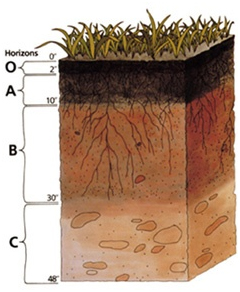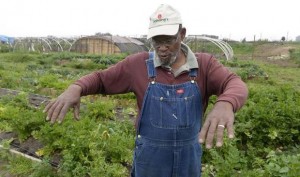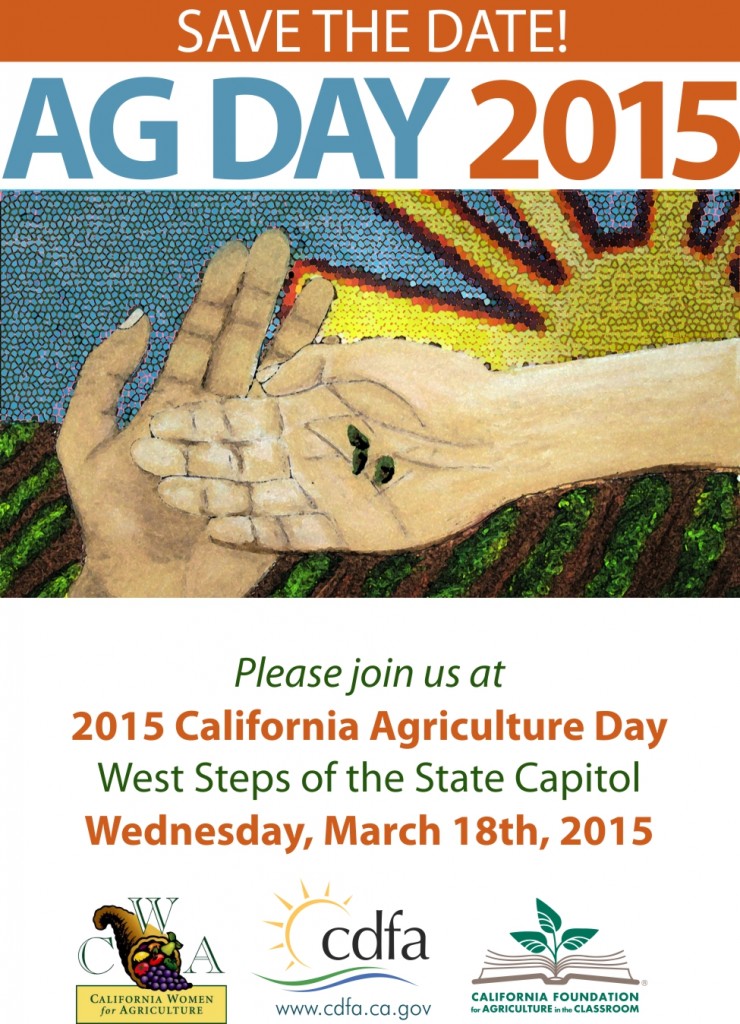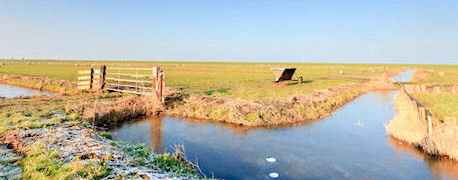USDA Secretary Tom Vilsack has announced the availability of more than $66.5 million in funding for research and extension activities to address the needs of America’s specialty crop industry and solve critical organic agricultural production issues. The grants will be funded through the Specialty Crop Research Initiative and the Organic Agriculture Research and Extension Initiative. Both programs are administered by USDA’s National Institute of Food and Agriculture (NIFA) and made available through the 2014 Farm Bill.
“Investments in projects to help organic producers and specialty crop growers are an important way USDA helps American farmers establish new business opportunities throughout the country,” said Vilsack. “The projects funded by these programs will build on USDA support for local and regional markets. And strengthening local markets grows the rural economy while improving access to healthy food for millions of children and supplying farmers markets, restaurants and other businesses with fresh, high-quality fruits and vegetables.”
Specialty crops are defined in law as “fruits and vegetables, tree nuts, dried fruits and horticulture and nursery crops, including floriculture.” The Specialty Crop Research Initiative (SCRI) develops and disseminates science-based tools to address the needs of specific crops. The projects funded address research and extension needs for crops that span the entire spectrum of specialty crops production, from researching plant genetics to improving crop characteristics; identifying and addressing threats from pests and diseases; improving production and profitability; developing new production innovations and technologies; and developing methods to respond to food safety hazards.
SCRI pre-applications are due March 30, 2015, and full applications are due July 2, 2015. Please see the request for applications for specific program requirements.
Additionally, in fiscal year 2015, NIFA will make $25 million available through the Citrus Disease Research and Extension (CDRE) program, a subset of SCRI focused on research and extension activities to improve citrus health. NIFA will issue a supplemental Request For Applications for CDRE subsequently.
The purpose of the Organic Agriculture Research and Extension Initiative (OREI) is to fund high-priority research, education, and extension projects that enhance the ability of producers and processors who have already adopted organic standards to grow and market high quality organic products. Priority concerns include biological, physical, and social sciences, including economics.
Funded projects will aid farmers and ranchers with whole farm planning by delivering practical research-based information and will improve the ability for growers to develop the Organic System Plan required for certification.
A Notification of Intent to Submit an Application is due on April 1, 2015. Full applications are due April 30, 2015. Please see the request for applications for specific program requirements.










